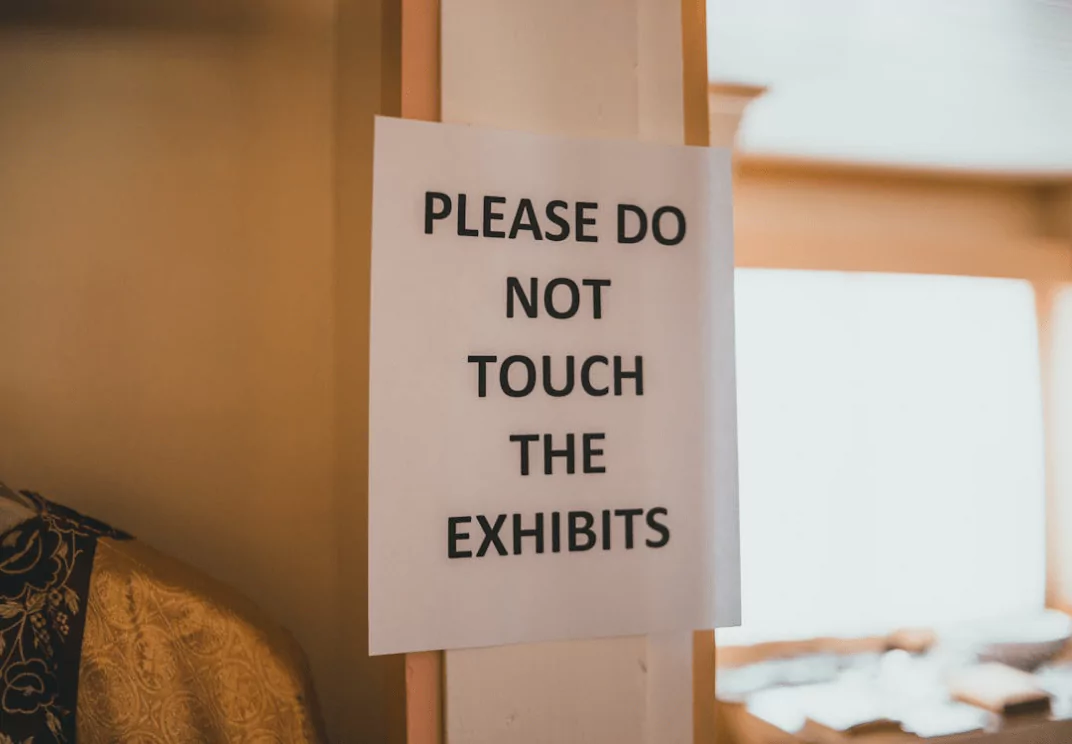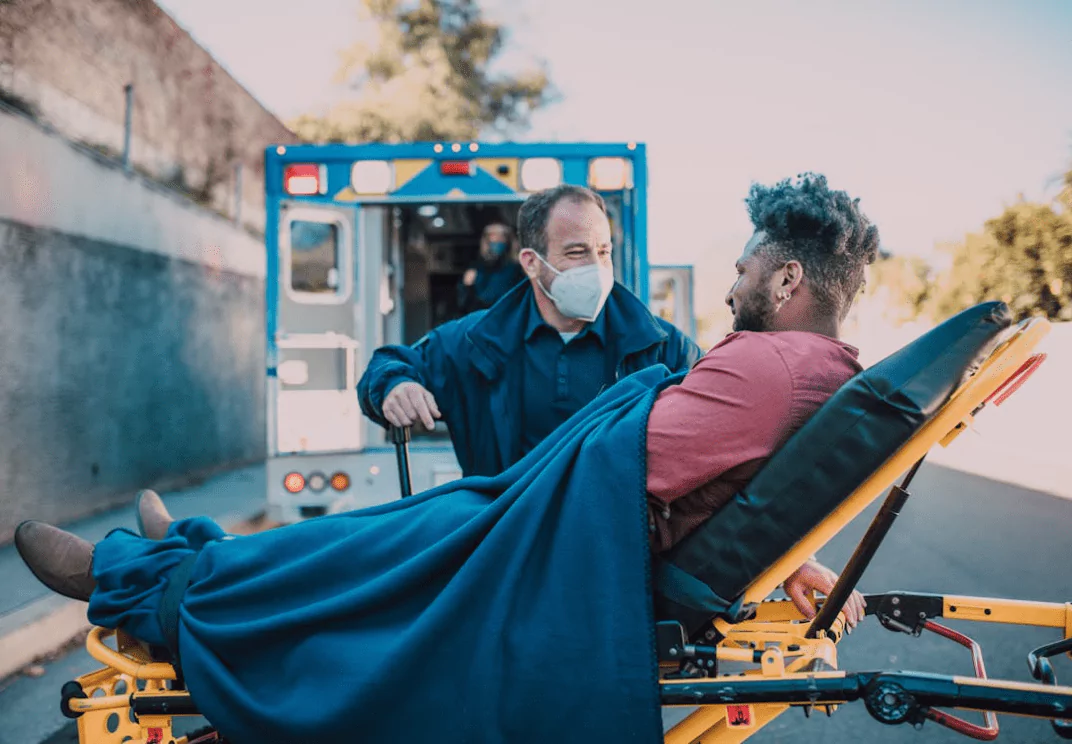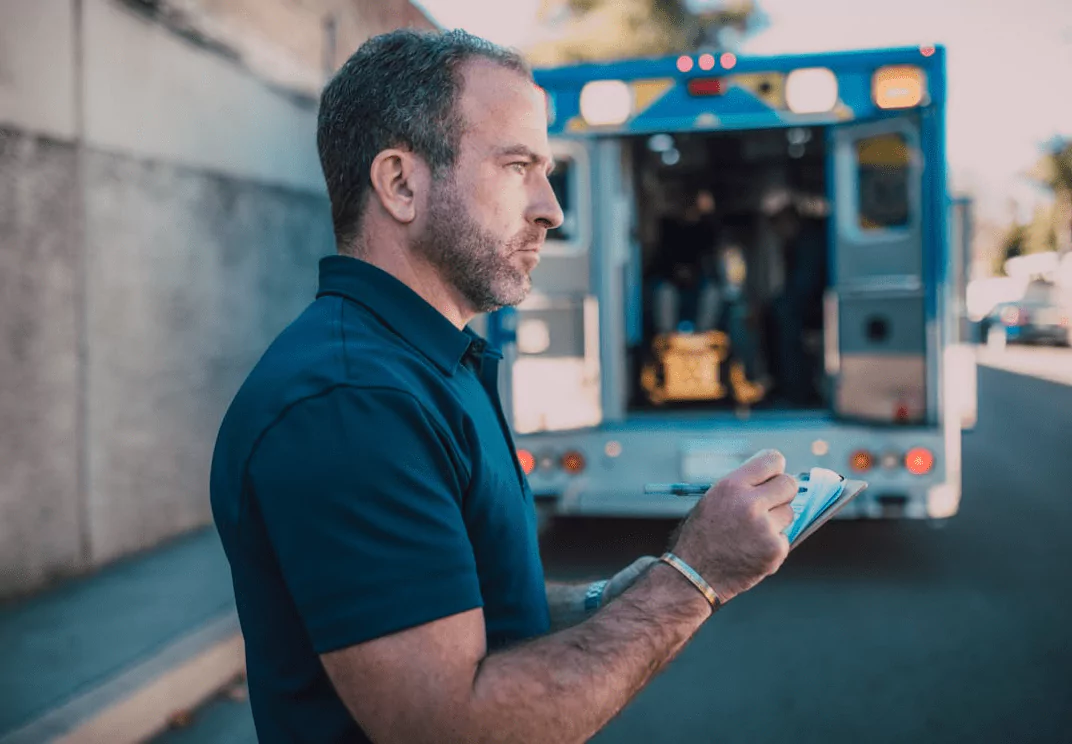You’ve posted the safety signs and even added them to the booking confirmation or said them out loud when people walk in.
But someone always pushes the limit: climbing where they shouldn’t, ignoring instructions, doing the exact thing you’ve warned against.
And every time, your stomach drops.
Because now, it’s about liability, lawsuits, and what happens if a “minor issue” turns into a legal disaster.
If that sounds familiar, you’re not alone. And you’re not powerless!
This article will walk you through how to handle guests who ignore safety rules in the moment, how to protect yourself legally, and how to prevent these problems before they start. All without creating conflict or losing customers.
Why Clear Safety Rules Aren’t Enough (and What to Do About It)

Posting your safety rules feels like checking the box. You’ve put up signs. Maybe it’s on your website, in your waiver, or on a welcome sheet. But here’s the reality: that’s not enough.
Rules alone don’t protect your business. Action does.
People Ignore Signs All the Time

Here's the thing: it’s not always on purpose. Some guests are just distracted. Others assume the rules are just suggestions.
If no one reinforces them, people treat safety signs like background noise. Think about how often you’ve seen someone ignore a wet floor sign. Really, it just happens.
Posting Won’t Cover You Legally

Even if your rules are visible, if someone gets hurt, the question becomes:
“What did you do to actively prevent this?”
In legal terms, that’s called taking reasonable steps. And simply having signs or policies on paper usually isn’t enough, especially if a guest ignored them and you did nothing to intervene.
What You Should Do Instead

- Make your rules unavoidable. Post them clearly, repeat them verbally, include them in confirmation emails or check-ins. Use multiple touch points.
- Step in early. If someone’s pushing boundaries, speak up right away. Be calm. Be direct.
- Train your staff. Make sure anyone working with guests knows how to spot risky behavior and shut it down early.
Having rules is just the beginning. What actually keeps people safe and protects you legally is enforcing them consistently and with confidence.
How to Handle a Rule-Breaker in the Moment (Without Escalation)

Here’s the tricky part: you’ve caught a guest breaking a safety rule. Maybe they’re climbing where they shouldn’t, ignoring a “no entry” sign, or just being reckless.
You need to step in, but you don’t want to seem rude, cause drama, or scare off future business.
So how do you stop the behavior without turning it into a showdown?
Use a Calm, Clear Tone

Start with something simple and direct. Skip the long-winded backstory and leave emotion out of it. You’re not there to shame anyone. You’re there to reset expectations.
“Hey there, just a heads up. For safety reasons, we don’t allow anyone past that barrier.”
“Quick reminder: everyone needs to keep shoes on in this area to avoid slips.”
Most people respond well to that kind of tone. Polite, but firm.
Don’t Argue — Redirect

If the guest pushes back (“I didn’t see the sign” or “It’s not a big deal”), don’t get dragged into a debate. Stick to the safety policy and give them a clear next step.
“Totally understand. For everyone’s safety, I do need to ask you to step back.”
“I get it. But we’ve got to stick to the rules so nobody gets hurt.”
Stay in control. You’re not asking for permission. You’re setting the standard.
Have a Last-Resort Plan

Sometimes, someone won’t back down. If that happens:
- Have a protocol for when to remove a guest or shut down part of the experience.
- Back up your staff. Make sure your team knows you’ll support them when they enforce rules.
- Document what happened. If things get tense or someone refuses to follow the rules, make a quick note with the time, place, and what was said. That info might be important later.
Protect Yourself Legally Without Needing a Law Degree

You don’t need to be a lawyer to protect your business. But when it comes to safety, you’ve got to think like one.
If a guest gets hurt, even if it’s their fault, you could still end up facing lawyers, insurance claims, or worse.
Here’s how to protect yourself without drowning in legal jargon.
Document Your Safety Policies

Keep a simple file or digital record of your safety procedures:
- What rules guests are expected to follow
- Where and how you communicate those rules (signs, waivers, check-ins, etc.)
- What you and your staff are trained to do in response to rule-breaking
If an incident happens, having this on hand shows you’ve taken your responsibilities seriously.
Use Waivers Where it Makes Sense

If your business includes physical activity, equipment, or any kind of risk such as gyms, events, or rentals, a waiver is a smart move.
It won’t cover everything, but it shows guests were made aware of the risks.
Pro tip: Don’t write your own waiver. Hire a lawyer who knows your industry. It’s a one-time cost that pays off.
Train Your Staff on What to Say (and Not to Say)

In the moment, it’s easy to blurt out something that could be used against you later. Phrases like “Sorry, our bad” or “That’s never happened before” might sound polite, but they could be seen as an admission of fault.
Instead:
- Stick to the facts
- Stay calm
- Offer support without claiming blame
Have an Incident Report Ready

If something happens, whether it’s an injury, a guest ignoring the rules, or a close call, write it down.
Include the time, location, what was said, and what actions you took. It can be a handwritten note, a digital form, or something you log in your POS system. This isn’t pointless paperwork. It’s protection.
Making Safety Non-Negotiable from the Start

The best way to handle safety issues? Stop them before they start.
The more upfront and proactive you are, the fewer rule-breakers you’ll have to deal with. You’ll also feel way more confident knowing your business has backup.
You’re not being paranoid. You’re setting the tone. Safety becomes part of how things run.
Start With Guest Onboarding

Whether guests are booking online or walking in, this is your first shot at setting the tone:
- Drop a quick line in confirmation emails: “Please review our safety policies before arrival.”
- Give a simple rundown at check-in: “Just a heads up, we’ve got a few safety guidelines to keep things smooth for everyone.”
- Put up signs people will actually read—bold, clear, and written like a human, not a lawyer.
When people feel informed instead of blindsided, they’re way more likely to follow the rules.
Make the Rules Part of the Experience

Don’t hide safety policies in fine print. Work them into the flow:
- Use humor or friendly phrasing where appropriate (“No cannonballs! Our insurance can’t swim.”)
- Include a safety moment at the start of events or activities
- Use visuals such as icons, colors, or even staff uniforms to reinforce what’s allowed and what’s not
Set the Tone Through Your Staff

Your team should be empowered to speak up without hesitation. That means:
- Regular training and refreshers on how to spot risky behavior
- Clear expectations that safety comes before customer convenience
- Backing them up when they enforce the rules. No exceptions.
When guests see staff take safety seriously, they follow suit.
How to Respond If Someone Gets Hurt

Even when you take all the right precautions and follow the proper procedures, accidents can still occur. A guest may slip on a wet surface, accidentally bump into equipment, or disregard safety rules and end up getting injured.
In such a situation, how you respond is crucial. Your immediate actions can either help shield your business from potential legal consequences or set the stage for a legal battle.
For example, providing proper first aid, offering reassurance, and documenting the incident thoroughly can all work in your favor. A calm, professional approach can demonstrate that you take safety seriously and are committed to resolving any issues promptly.
On the other hand, mishandling the situation can lead to legal complications. That includes failing to offer help, skipping documentation, or dismissing the incident too quickly.
If the injured person feels that they were not treated fairly or appropriately, they may decide to pursue legal action, potentially resulting in costly lawsuits, damage to your reputation, and even insurance issues.
Therefore, it's important to be prepared for these situations and understand that your response can either mitigate the risk of legal trouble or escalate it.
By responding quickly, professionally, and in accordance with your safety protocols, you protect not only the injured person but also the long-term success and integrity of your business.
Here’s how to handle it calmly, professionally, and with your liability in mind.
1. Stay Calm and Take Control

First, make sure the injured person is okay and get help if needed. Then, take control of the situation:
- Clear the area if there’s still a safety risk
- Make sure no one else gets hurt
- Speak directly and clearly to the injured guest
Don’t panic. Your confidence helps keep things under control for your guest, your staff, and anyone watching.
2. Don’t Apologize or Accept Blame

This is where a lot of business owners slip up. You want to show concern, but saying “I’m sorry” or “That was our fault” can be seen as admitting liability.
Instead, say things like:
- “We’re going to take care of you.”
- “Let’s make sure you get what you need.”
- “We’ll document everything so it’s clear what happened.”
You’re showing empathy without putting your business at risk.
3. Document Everything

As soon as possible, complete an incident report. Include:
- Time and location
- What happened
- Any witnesses
- What was said and done afterward
If your staff was involved, have them write their own account too. The more detailed and timely the report, the more credible it is.
4. Notify Your Insurance if Needed

If a guest sustains a serious injury or expresses dissatisfaction, especially if they imply the possibility of legal action, it's crucial to inform your insurance provider immediately.
Delaying this notification can lead to complications in your coverage, as most insurance policies have specific time frames within which incidents need to be reported.
If you wait too long to report the situation, your insurance company may not cover the incident, or they could even void your policy altogether. This is because insurance providers need ample time to assess the situation, gather evidence, and determine whether the claim is valid.
In addition, quick communication helps ensure that any legal issues are handled properly from the start, minimizing potential risks to your business.
By acting promptly, you protect both yourself and your business from the consequences of insufficient coverage or missed claims deadlines.
5. Follow Up Smartly

A simple and considerate follow-up message or check-in can make a significant difference in preventing a situation from escalating.
By reaching out after an interaction, you're showing care and concern, which can help diffuse any tension or misunderstanding that may have arisen. However, it's important to approach this follow-up with sensitivity.
“Just wanted to check in and see how you’re feeling. Let us know if you need anything else from our end.”
Conclusion
You can’t control every guest. But you can control how you prepare, how you respond, and how well your business is protected when someone ignores your safety rules.
Running a business shouldn’t feel like walking on eggshells. Stay calm, be clear, and make smart moves ahead of time. That way, when something does go wrong, you’re ready.
That kind of confidence comes from knowing your safety rules aren’t just signs on a wall. They’re baked into how you operate, how your team is trained, and how you communicate with guests.
Most of the time, people just need a quick reminder. But when someone crosses the line, you’ll know how to step in without making it worse, how to document what happened, and how to protect yourself if legal issues come up later.
No need to be aggressive. No need to panic. Just have a plan. And now, you’ve got one.





